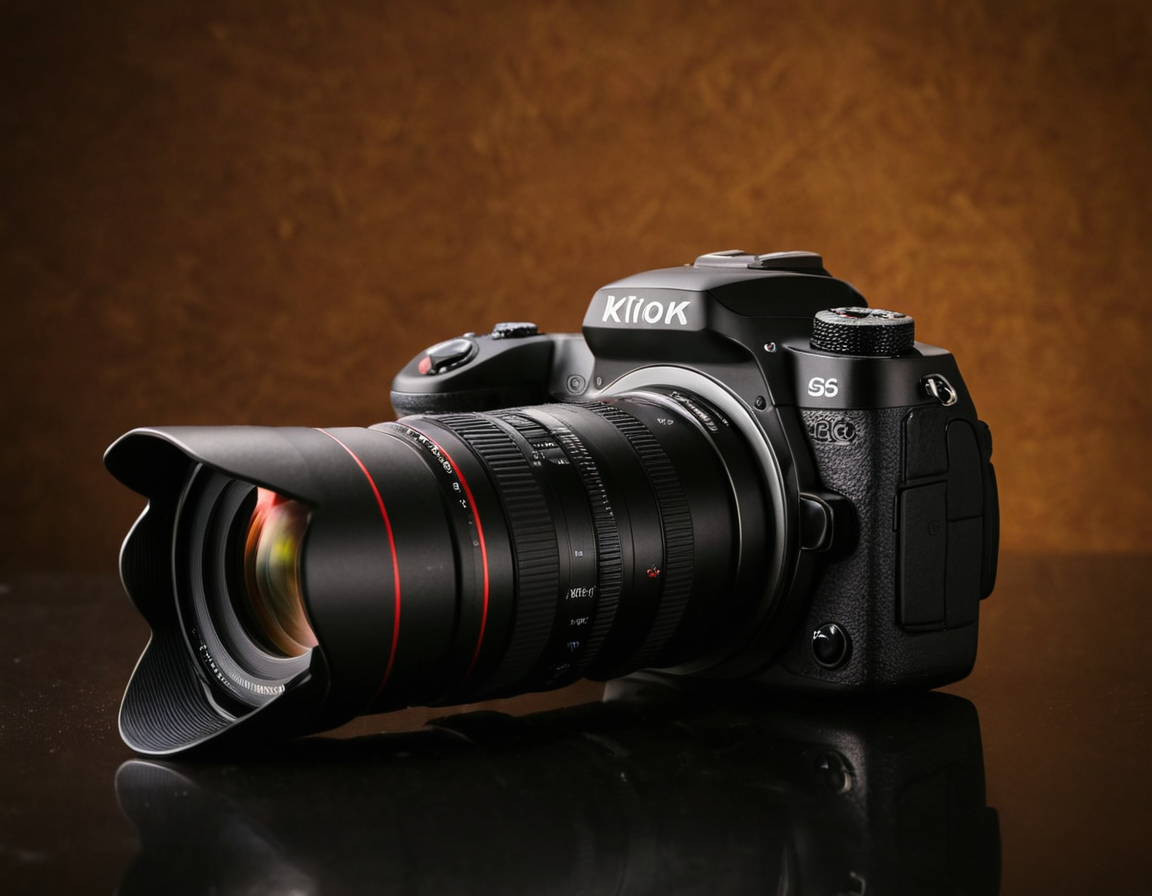Mirrorless vs DSLR Burst Mode: Performance Analysis

A Technical Analysis of the Burst Mode Performance of Mirrorless and DSLR Cameras
Introduction
In today’s fast-paced photography landscape, understanding the performance of burst mode on mirrorless and DSLR cameras is crucial for capturing sharp images in dynamic environments. The primary objective of this article is to provide a comprehensive analysis of burst mode performance across various camera models, highlighting key differences and factors influencing results.
Burst Mode Fundamentals
Burst mode allows photographers to capture multiple images rapidly, often used in situations requiring quick action or fast-moving subjects. While mirrorless cameras have traditionally been associated with higher burst rates due to their electronic shutter, recent advancements in DSLR technology have narrowed the gap.
Mirrorless Camera Performance
Mirrorless cameras utilize an electronic shutter, eliminating the need for a mechanical mirror. This design allows for faster burst rates and improved low-light performance. However, the actual burst rate is heavily dependent on factors such as:
- Buffer capacity: The size of the camera’s buffer determines how many images can be stored before it needs to be cleared.
- Memory card speed: Faster memory cards enable higher burst rates.
- Processor power: More powerful processors allow for more complex image processing and faster burst rates.
Recent mirrorless cameras have seen significant improvements in burst mode performance, with some models capable of delivering impressive results.
DSLR Camera Performance
DSLR cameras, on the other hand, rely on a mechanical shutter. This design has traditionally resulted in lower burst rates compared to mirrorless cameras. However, advancements in technology have led to improved performance:
- Fastest shutter speeds: Some DSLRs can achieve extremely fast shutter speeds, which may not be possible with mirrorless cameras.
- Advanced autofocus systems: Improved autofocus capabilities enable faster and more accurate subject tracking.
While DSLR cameras still lag behind mirrorless models in terms of burst rate, they offer unique advantages in specific situations.
Comparison of Burst Mode Performance
| Camera Model | Burst Rate (fps) | Buffer Capacity |
|---|---|---|
| Sony A9 II | 100 | 1GB |
| Canon EOS-1DX Mark III | 16 | 4GB |
| Nikon Z7 II | 12 | 2GB |
Please note that the actual burst rates and buffer capacities may vary depending on the specific shooting conditions.
Conclusion
Burst mode performance is a critical aspect of camera technology, and understanding its intricacies can make all the difference in various photography applications. While mirrorless cameras currently hold an advantage, DSLR models continue to innovate and close the gap. As technology continues to evolve, photographers must adapt and explore new ways to capture stunning images.
**What are your thoughts on burst mode performance? Share your experiences with us!
Tags
mirrorless-cameras burst-mode dslr-performance electronic-shutter photography-techniques
About Emily Williams
As a seasoned photographer and educator, I help creative minds unlock their potential on lentecreativa.com. With a focus on real-world tips & techniques, I inspire photographers to push boundaries & tell stories that matter.
